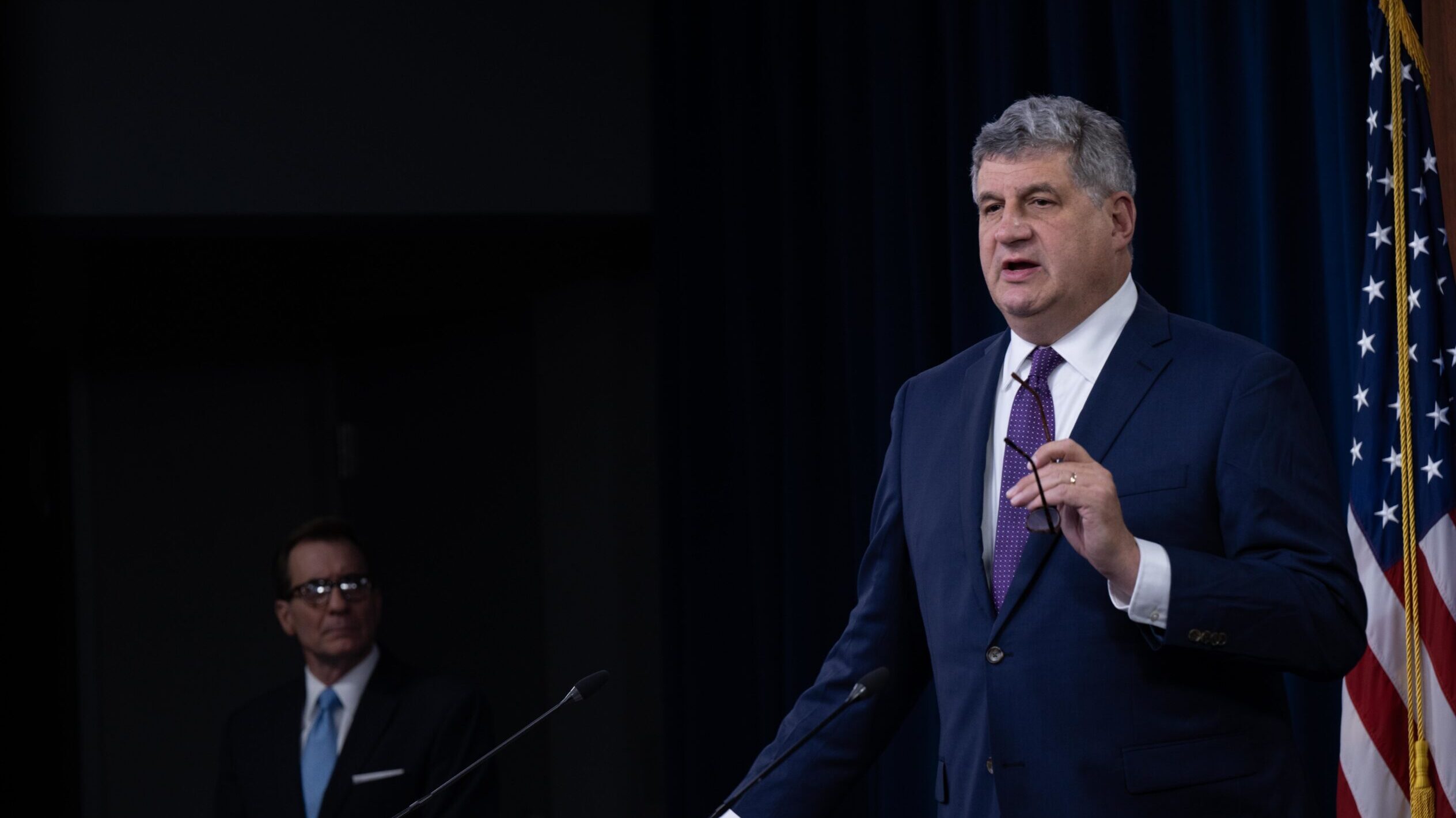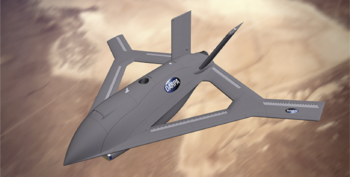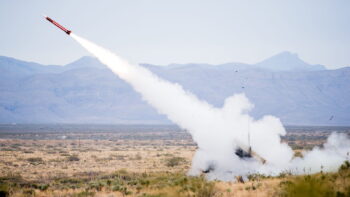
Pentagon Press Secretary John Kirby and Under Secretary of Defense for Acquisition and Sustainment Dr. William A. LaPlante hold a press brief at the Pentagon, May 6, 2022. (DoD Photo by U.S. Navy Petty Officer 2nd Class James K. Lee)
REAGAN NATIONAL DEFENSE FORUM — Both Israel and Ukraine are facing an operational “crisis” with the proliferation of drone warfare, according to the Pentagon’s top acquisition official, who pushed for more funding for the two US partners and for the Defense Department to speed its own fielding of unmanned and counter-unmanned systems.
“The other thing I’d say about the supplemental is both for Israel, as well as Ukraine, is there’s a crisis actually happening right now, an operational one, I would say, in the UAS [uncrewed aerial system] and counter-UAS situation,” Under Secretary of Defense for Acquisition and Sustainment Bill LaPlante said Saturday during a panel at the Reagan National Defense Forum, emphasizing that the counter-UAS side is the most vital.
“It is an urgent issue… We need counter UAS capabilities at scale,” he continued. “We need lots of money, we need production lines to go up fast.”
LaPlante was referencing the supplemental spending package with billions in aid for Ukraine and Israel requested by the Biden administration that would fund a host of critical objectives, key among them uncrewed systems that can survive contested electromagnetic environments and weapons that the Ukrainians and Israelis could use to take out enemy drones.
The requirement is so urgent that LaPlante compared the need to surge production “through the roof” to the Army’s move to greatly expand manufacturing of 155 millimeter artillery shells, which have been used extensively in Ukraine and are now being transferred to Israel as well.
“We need those supplementals to get on this,” he added.
LaPlante’s remarks also carried implications for the US military, which he said “will need it [unmanned and counter-unmanned capabilities] all across the board” as it seeks to deter China through drone production initiatives like Replicator.
Countries reliant on US support like Ukraine and Israel have high demand for counter UAS systems, but US forces far from home need them as well. Since Hamas’s Oct. 7 assault, US troops in Iraq and Syria have been attacked more than 70 times by what the Pentagon says are Iranian-backed groups using rockets and drones. No American soldiers have been reported killed in those attacks, and the US has responded with multiple strikes that the Pentagon says has killed more than a dozen people.
The Army has been pioneering some ways to defend against the drone threat, recently standing up a Joint Counter Small Unmanned Aircraft Systems Office (JCO). At the Association of the US Army conference in October, JCO Director Maj. Gen. Sean Gainey said 30mm cannons have proven very effective against smaller drones, but “no silver bullet” exists. Another JCO official also said at the conference that electronic warfare will likely play a key role in fending off swarms, which the Army plans to demo next year.
RELATED: Shield AI sees DoD opening for ‘intelligent, affordable mass’ of drones
Army leaders expect the need to defend against drones to only increase, and are even planning on counter-UAS curricula becoming a regular part of boot camp.
Meeting the UAS challenge, which LaPlante mainly described as stemming from Group 3 or medium-sized drones, needs to see UAS and defensive weapons transition from prototypes to production. Drones themselves will have to be built at a sustainable scale, feature adaptable hardware and software and be able to operate in comms-denied environments, he said, pointing to Replicator as a way to spur greater UAS production.
Moreover, counter-UAS solutions need to be relatively inexpensive compared to the threats they’re facing. The Pentagon is working on cheaper solutions like directed energy, “but that’s not quite here yet,” according to LaPlante.
“So you take that all together, that’s the problem of our time,” he said.


